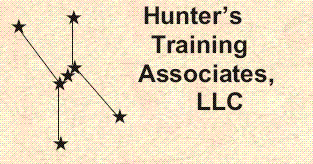

This course:
course objectives;
course outline
Other links:
LE curriculum;
Topic list;
Course list;
Home page
Course Code: M-520
Recommended Duration: 3 Days
Benefits
This course helps experienced programmers find the most productive ways to combine functions and modules written in different programming languages (or the same language). The student will gain new insights on how each language builds argument lists and accesses parameters. This can result in code that is smaller, faster, and more robust.
Audience
Experienced programmers who need to create or maintain applications that include components written in various languages, or who need to use some of the advanced subroutine features of a particular language or the program binder.
Prerequisites
At the very least, the student entering this course should have a strong programming background in at least one of: COBOL, PL/I, C, or Assembler.
Related IBM Materials
This course is drawn from these and other IBM manuals; access to these publications in
the classroom is desirable but not required:
SA22-7832 - z/Architecture Principles of Ops.
SC26-4940 - HLASM Language Reference
SA22-7606 - Assembler Services Reference, I
SA22-7607 - Assembler Services Reference, II
SC27-1408 - Enterprise COBOL Language Reference
SC27-1412 - Enterprise COBOL Programming Gde.
SC27-1460 - Enterprise PL/I Language Reference
SC27-1457 - Enterprise PL/I Programming Guide
SC09-4815 - XL C/C++ Language Reference
SC09-4765 - XL C/C++ Programming Guide
SC09-4767 - XL C/C++ User's Guide
SA22-7821 - XL C/C++ Run-Time Library Ref.
SA22-7643 - MVS Program Mgmt. User's Guide
SA22-7644 - MVS Program Mgmt. Advanced Facilities
Major Topics Include
Exercises
There are nine hands-on exercises.
Note
course objectives
course outline
LE curriculum
Topic list
Course list
Home page
This page last updated: 1 August, 2014
This page copyright © 2014 by Hunter's Training Associates, LLC
This course copyright © 2012 by Steve Comstock